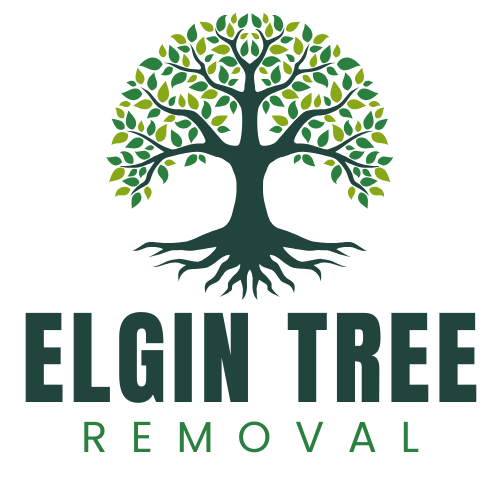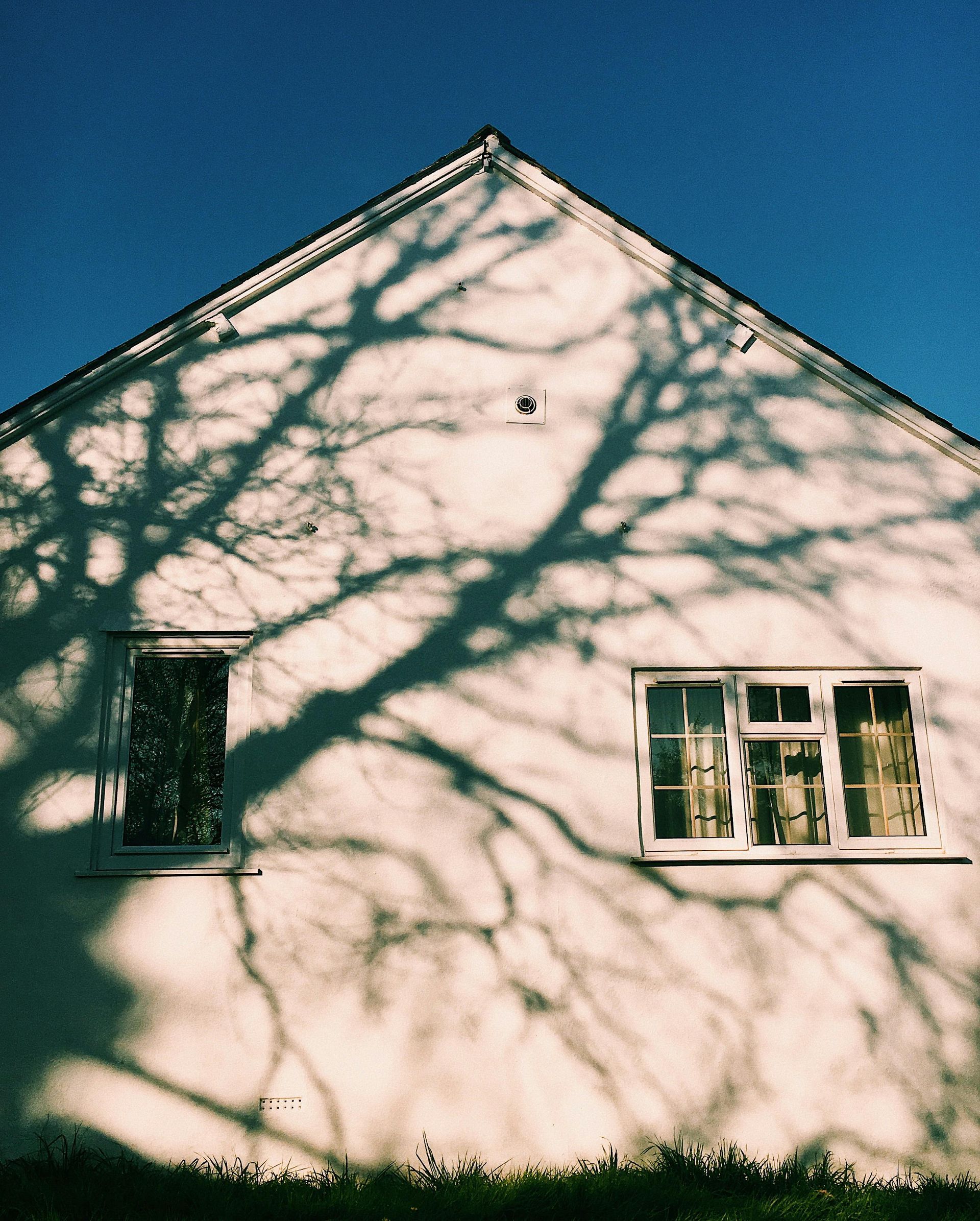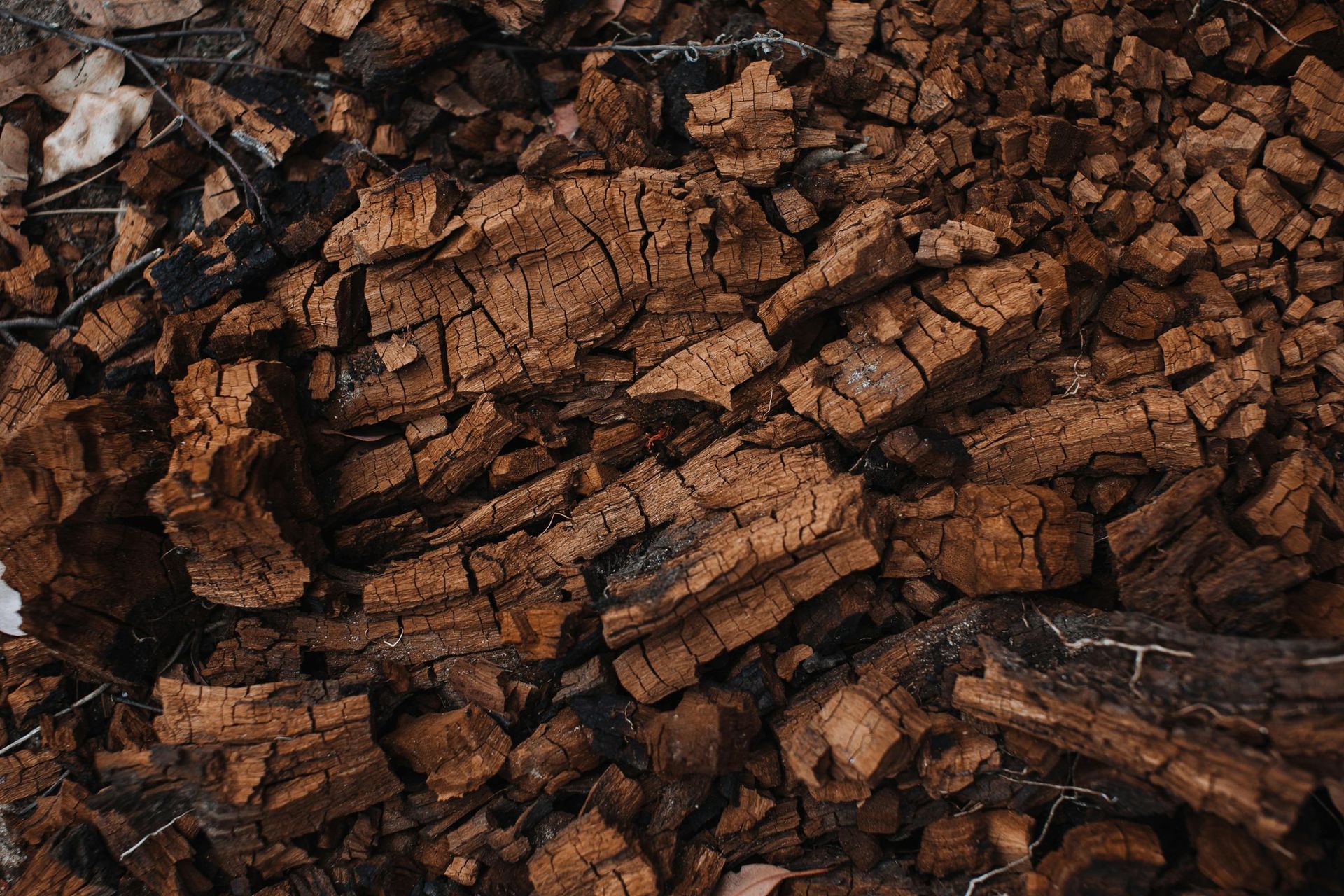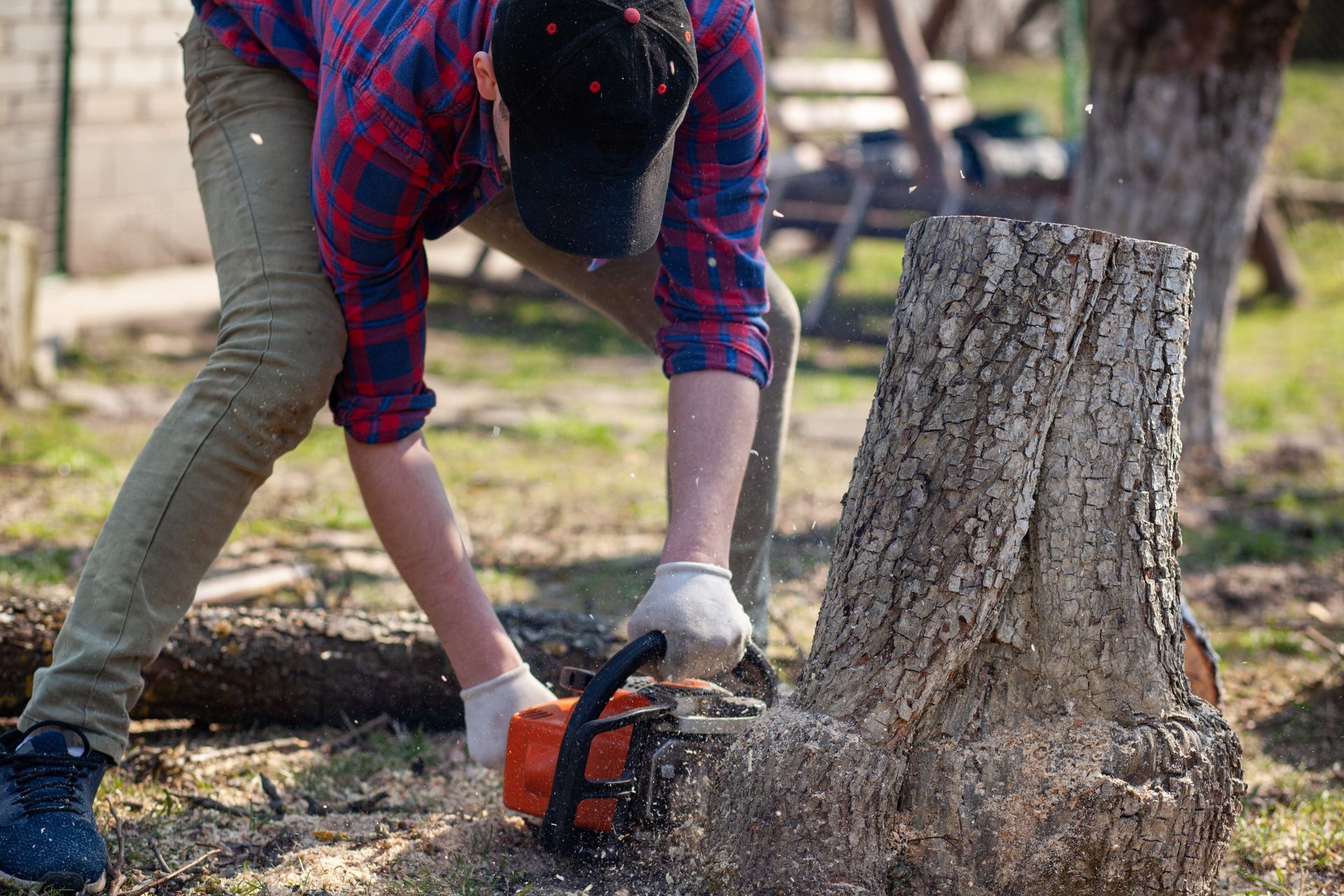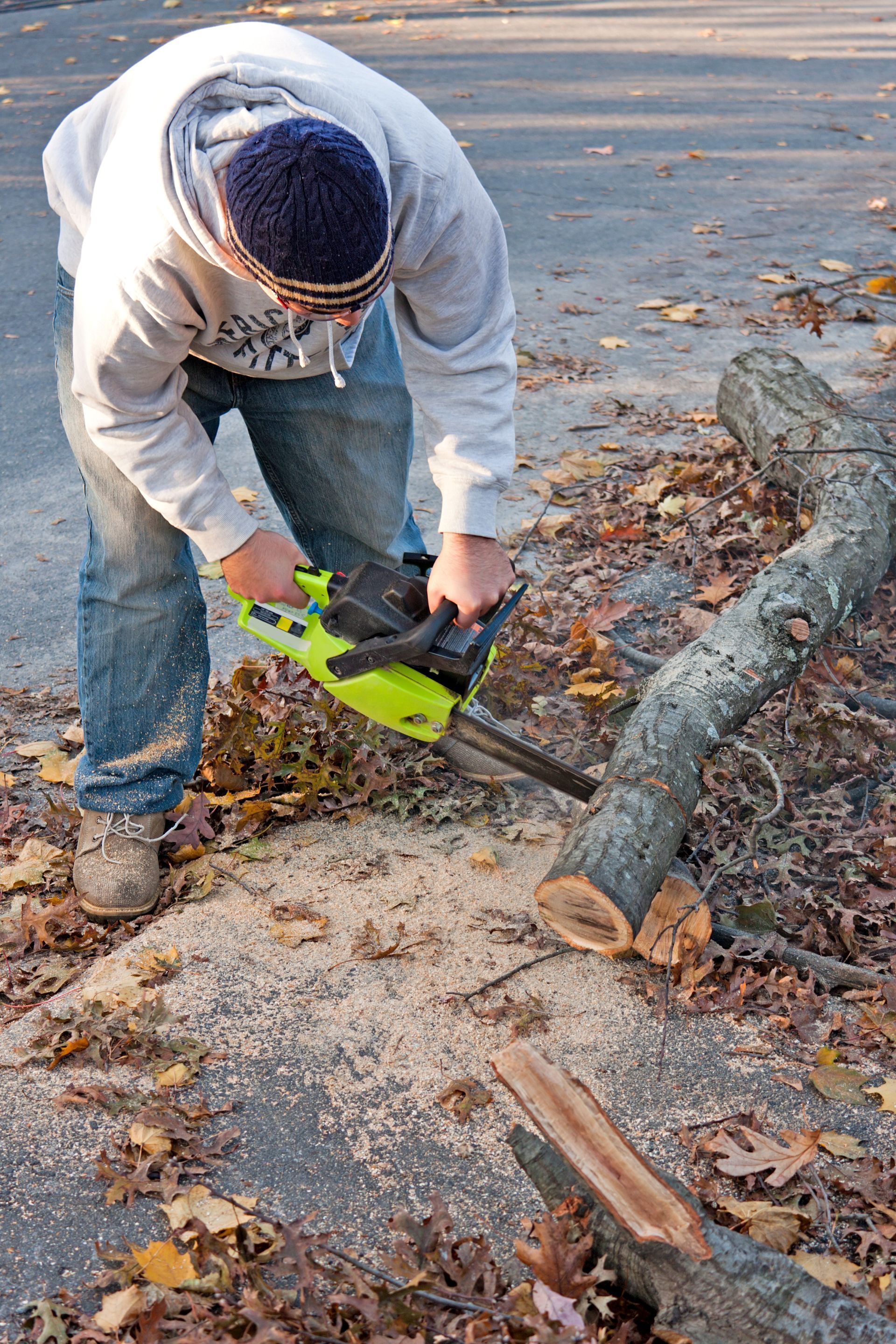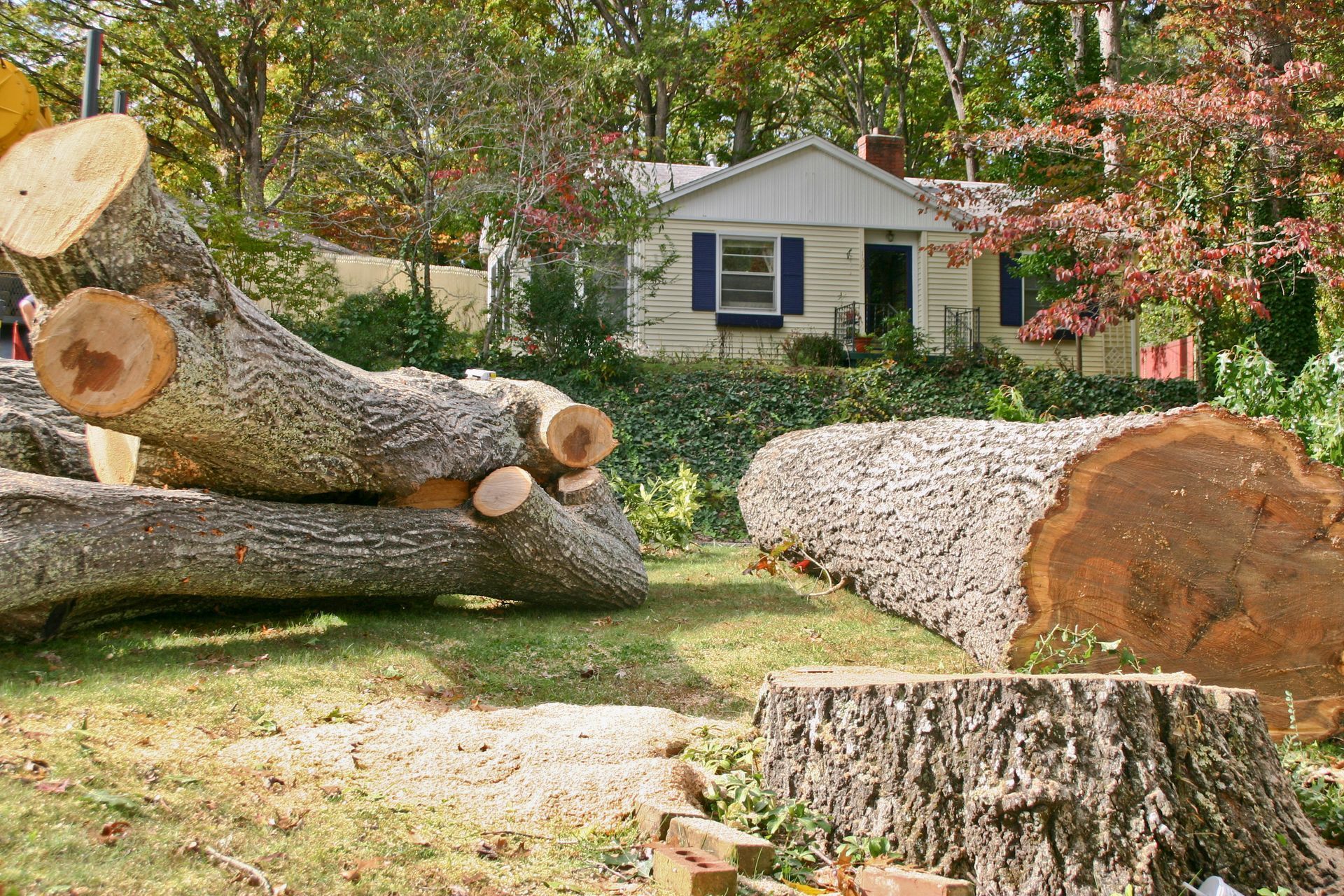A healthy tree trunk stands upright, so any significant lean is a warning flag of possible structural issues. Mature trees often naturally lean but a sudden or sharp lean can mean that the tree has a compromised root system, or it is otherwise unstable.
Why It Matters: A leaning tree is a cutting risk, especially when it leans toward buildings, paths or power lines. The risk that the tree will fall increases especially when it is windy or it is very wet.
What to Do: Assess the amount of lean If the lean is profound or getting worse, contact a tree service professional immediately. They can check ascertain whether the tree can be secured, or if it should be taken out.
One sign of internal decay in trees can be the growth of a fungus on, or at the base of, the tree. Mushrooms growing out of the top or bottom of the stump, shelf fungus on the trunk or other crotch in the trunk, is almost certain indication that within the wood of the tree, the wood is in decay. When this decay contributes to the overall decline in the health of a tree, it can be seen as a factor in the instability of the tree.
Why It Matters: Fungal root rot decreases the stability of a tree which often results in failure. The tree trunk also signifies overall poor health, and may be beyond resuscitation.
What to Do: If you notice fungal growth, have a certified arborist check out the tree for you to determine how deeply the tree has been colonised by fungi, and whether it can be treated and saved or is sounds best to pull it out for disposal.
Healthy trees are prone to several natural pests and diseases that can impact tree vitality and structural stability. Signs of pest or disease infestation can include wilting and discoloured leaves or limbs, abnormal growths, or rising insect populations near the tree. Common tree problems can include aphid infestation, bark beetles, and fungal infections.
Why It Matters: The tree will become compromised, first by the pest or disease, and later by weaknesses and decay that often follow. In extreme cases, the tree needs to come down. Bottom line: Pest and disease damage will train you to look twice: look for problems in the tree’s structure or its roots, problems that are usually harder to see.
What to Do: If you spot any pest or disease issues, consult with an arborist to diagnose and determine the appropriate treatment or removal of the tree if repair is no longer possible.
Why Professional Assessment is Crucial
Pinpointing these signs is one thing, but it is another to know what to do. A certified arborist is a trained eye that will spot the signs of a tree that is unhealthy and then recommend what to do.
They use professional tools and methods to analyze the tree’s state and ensure that any removal is done safely and effectively.
Conclusion
Watching over your trees is necessary for the safety and wellness of your property. By being vigilant and aware of the signs that a tree may need to be removed, you can take proactive steps to prevent potential hazards.
Tree removal is a complex task that requires knowledge and equipment. If you think that your tree could be a hazard, don’t hesitate to contact a trusted tree service company for an honest evaluation.
At Tree Service Elgin IL, we are dedicated to protecting the health and safety of you and your family. Contact us today for a free consultation and let our trained team help you take care of your tree removal needs professionally.
